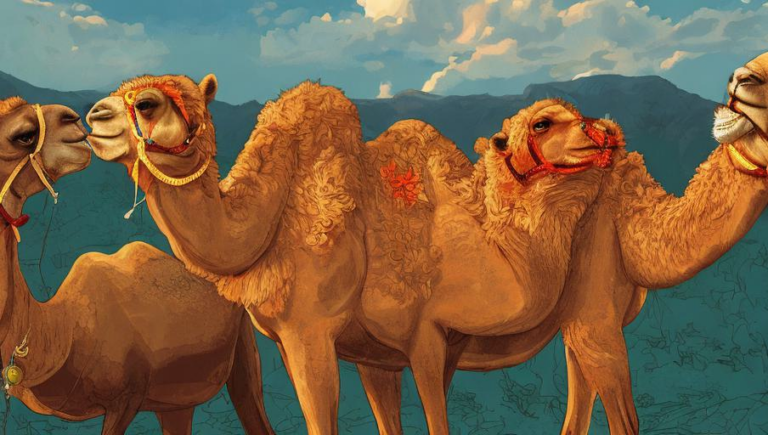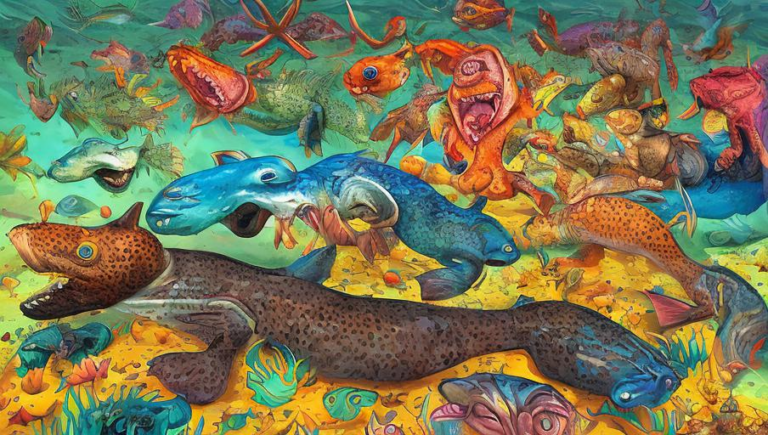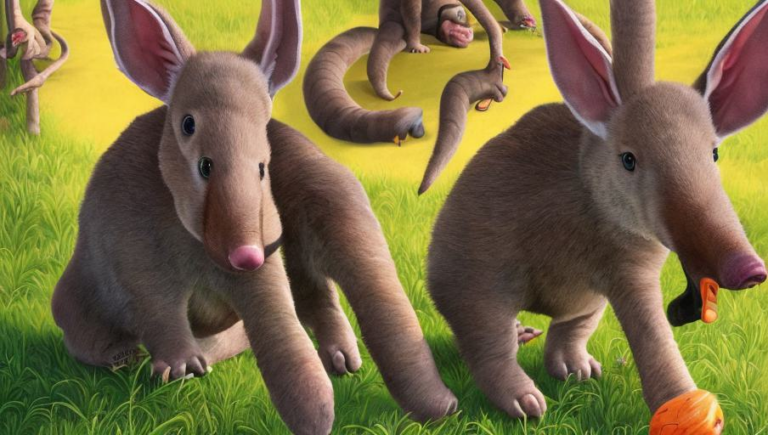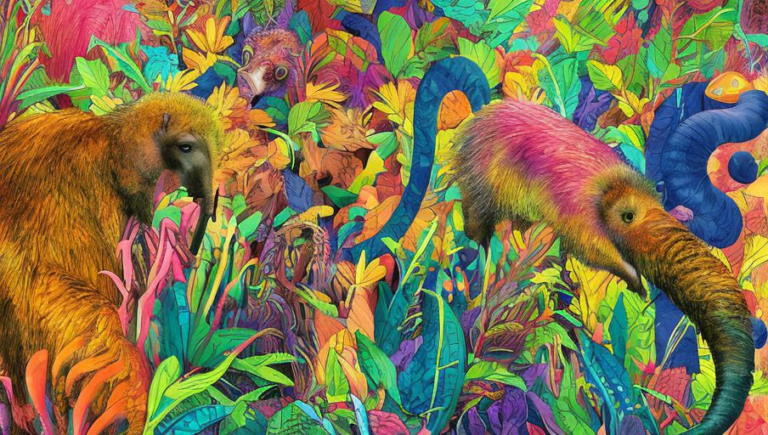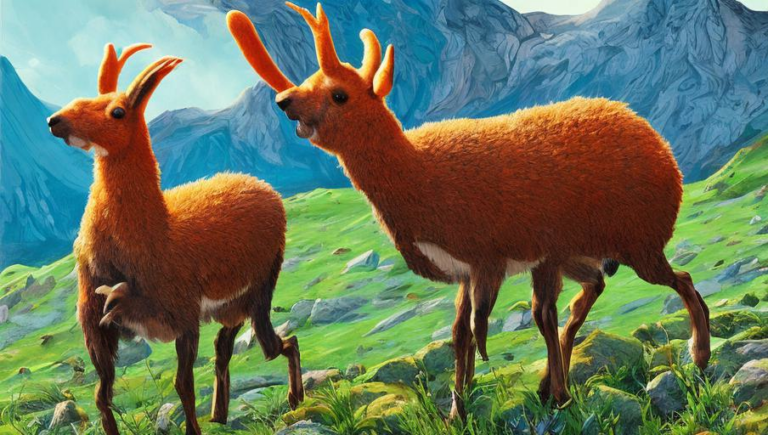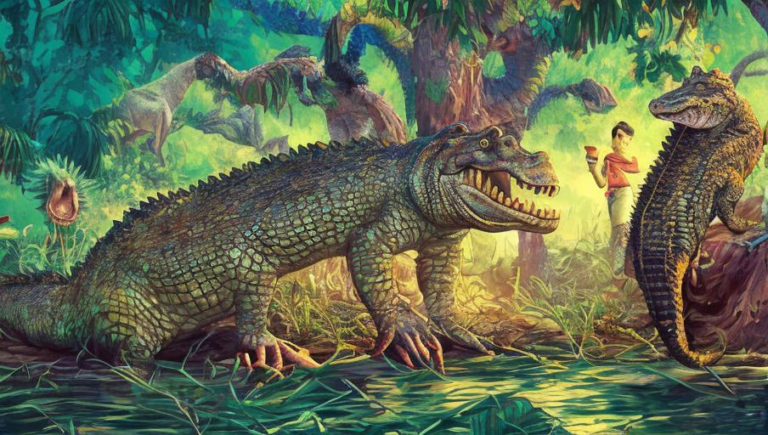Vital Role of the Curlew: Understanding the Ecosystem
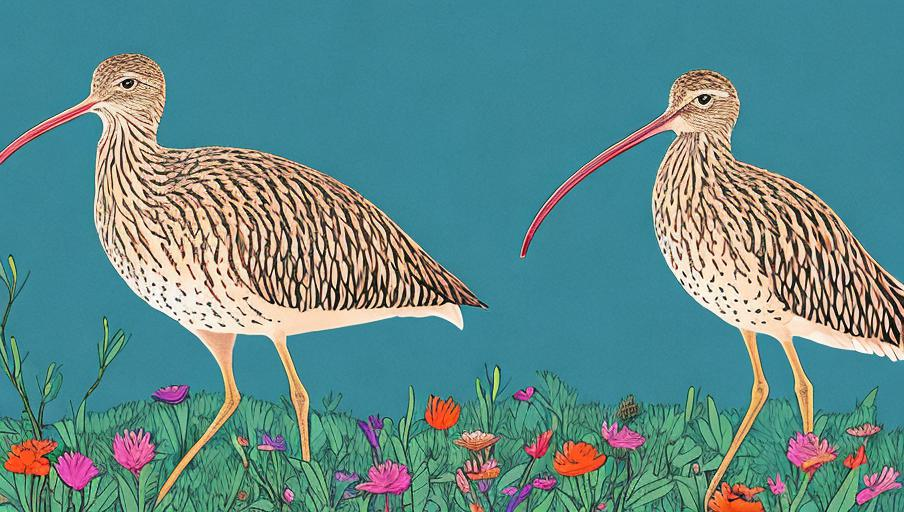
The Curlew’s Role in the Ecosystem
The curlew is a large wading bird that is found in many parts of the world. It is known for its long beak and its distinctive call, which can often be heard in the mornings and evenings. The curlew plays an important role in the environment, as it helps to keep the balance of the ecosystem in check. By consuming insects and small animals, the curlew helps to keep the population of these creatures in check. Additionally, by creating a habitat for other species, the curlew helps to maintain the biodiversity of the area, ensuring that the environment remains healthy.
Habitat
Curlews are found in wetlands, marshes, and grasslands, and they often travel in pairs or small flocks. They typically prefer areas that are quiet, with plenty of vegetation and shallow water. The shallow water allows the curlew to feed on small aquatic animals, such as frogs, fish, and shrimp. Additionally, they are adept at catching insects, which they pluck from the air. The curlew also benefits from the presence of other birds, as they tend to flock together.
Breeding
The curlew is a monogamous bird and typically mates for life. Breeding usually takes place from late spring to early summer, and the nest is typically built on the ground. The female curlew lays a clutch of three to five eggs, which are incubated by both parents. Once hatched, the young curlews are able to fly within a few weeks. The parents will then feed and protect their young until they are ready to fly away and begin their lives.
Threats
Unfortunately, the curlew is facing a number of threats that could lead to its extinction. The primary threat is habitat loss, as human development has caused many of the wetlands and marshes that the curlew needs to survive to be destroyed. Additionally, the curlew is also threatened by hunting, as its large size and distinctive call make it a popular target for hunters. Finally, the curlew is also threatened by climate change, as rising temperatures and increased precipitation can cause flooding and other environmental changes that can affect the curlew’s habitat.
Conservation
Fortunately, the curlew is protected by law in many countries, and there are a number of conservation efforts in place to help protect the species. Many organizations, such as the RSPB, are working to protect the curlew’s habitat and prevent further destruction. Additionally, there are a number of educational programs in place to help raise awareness of the curlew and the importance of protecting it. Finally, research is being conducted to better understand the curlew’s habitat and its needs, helping to ensure that the species is able to thrive.
Conclusion
The curlew is an important part of the environment, and it is essential that it is protected. By understanding its needs and habitat, we can ensure that the curlew is able to continue to play its vital role in the ecosystem. Conservation efforts are essential, and it is important that everyone is aware of the threats the curlew is facing in order to ensure that it is able to thrive for many years to come.
